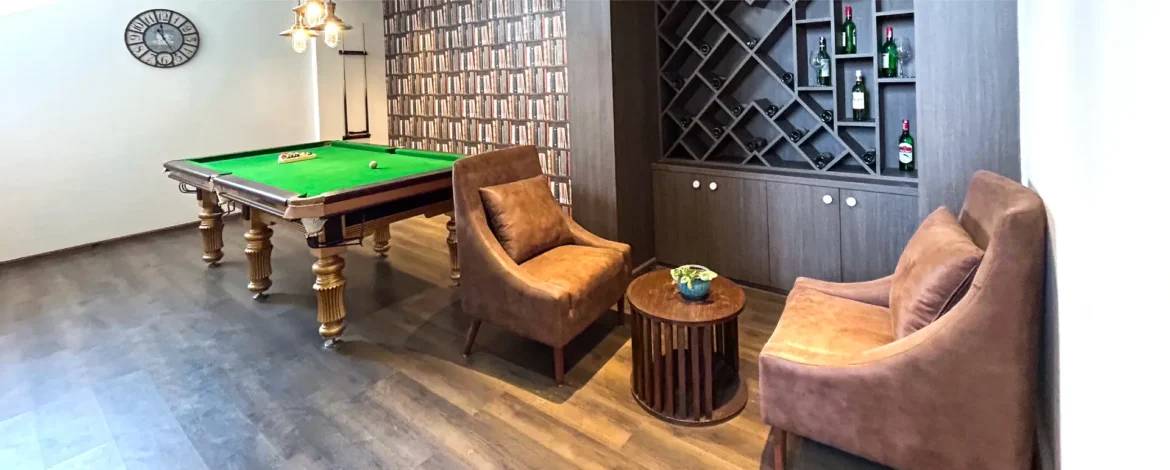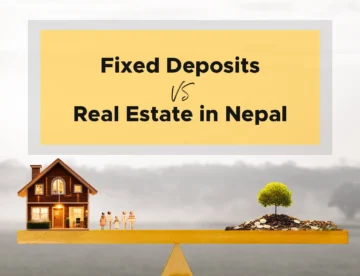In recent years, the real estate market has seen a significant shift towards sustainability. Eco-friendly homes are no longer just a trend; they are becoming a standard. As environmental awareness grows, more people are recognizing the importance of sustainable living. This blog post explores the rise of sustainable real estate, the benefits of eco-friendly homes, and how you can make your home more environmentally friendly.
Introduction to Sustainable Real Estate
Sustainable real estate refers to properties designed, built, and operated with minimal environmental impact. These homes utilize renewable energy sources, energy-efficient systems, sustainable materials, and waste reduction strategies. The goal is to reduce the carbon footprint and create healthier living environments.
Benefits of Sustainable Real Estate
- Environmental Impact: Sustainable homes significantly reduce greenhouse gas emissions and reliance on non-renewable resources.
- Economic Savings: Energy-efficient homes can lead to substantial savings on utility bills.
- Healthier Living: Eco-friendly materials and improved air quality contribute to better health for occupants.
- Increased Property Value: Homes with green certifications often have higher resale values.
Key Features of Eco-Friendly Homes
Renewable Energy Sources
One of the most significant features of an eco-friendly home is the use of renewable energy. Solar panels are the most common option, converting sunlight into electricity. Wind turbines and geothermal systems are also viable options for generating sustainable energy.
- Solar Panels: These systems can drastically reduce or even eliminate electricity bills.
- Wind Turbines: Suitable for areas with consistent wind patterns, they can provide substantial energy savings.
- Geothermal Systems: Utilize the Earth’s natural heat to regulate home temperature, offering an efficient heating and cooling solution.
Energy-Efficient Systems
Energy efficiency is a cornerstone of sustainable real estate. Modern eco-friendly homes are equipped with systems and appliances designed to use less energy.
- LED Lighting: Uses up to 75% less energy than traditional incandescent bulbs.
- Energy Star Appliances: Certified to use less energy without compromising performance.
- Smart Thermostats: Automatically adjust heating and cooling to optimize energy use.
Sustainable Materials
The materials used in construction play a crucial role in the sustainability of a home. Eco-friendly homes often incorporate sustainable, non-toxic materials that have a lower environmental impact.
- Recycled Materials: Such as reclaimed wood and recycled steel.
- Bamboo Flooring: A rapidly renewable resource that is durable and aesthetically pleasing.
- Low-VOC Paints: Reduce indoor air pollution and improve overall air quality.
Water Conservation
Water efficiency is another critical aspect of sustainable homes. Implementing water-saving fixtures and systems helps conserve this vital resource.
- Low-Flow Fixtures: Faucets, showerheads, and toilets designed to use less water without sacrificing performance.
- Rainwater Harvesting Systems: Collect and store rainwater for irrigation and other non-potable uses.
- Greywater Systems: Recycle water from sinks, showers, and laundry for landscape irrigation.
The Market Demand for Eco-Friendly Homes
The demand for sustainable real estate is on the rise, driven by increased environmental awareness and economic incentives. Homebuyers are now more conscious of their carbon footprint and are looking for properties that align with their values.
Demographics of Eco-Friendly Home Buyers
- Millennials: This generation places a high value on sustainability and is willing to invest in eco-friendly homes.
- Gen Z: Following in the footsteps of millennials, Gen Z is equally, if not more, committed to environmental causes.
- Families: Parents are increasingly prioritizing health and environmental factors when choosing a home.
Government Policies and Incentives
Governments around the world are implementing policies and incentives to promote sustainable real estate. These initiatives make it easier and more affordable for people to invest in eco-friendly homes.
- Tax Credits: For installing renewable energy systems like solar panels.
- Rebates: On energy-efficient appliances and home improvements.
- Grants: For green building projects and sustainable home renovations.
Steps to Make Your Home Eco-Friendly
Making your home more sustainable doesn’t necessarily mean starting from scratch. There are several steps you can take to enhance the eco-friendliness of your existing property.
Energy Audit
Conduct an energy audit to identify areas where your home can be more energy-efficient. This will provide a clear roadmap for improvements.
Upgrade to Energy-Efficient Appliances
Replacing old appliances with Energy Star-rated models can significantly reduce your energy consumption.
Install Renewable Energy Systems
Consider installing solar panels or a wind turbine to generate your own renewable energy. Many governments offer incentives that can offset the initial costs.
Improve Insulation
Proper insulation can reduce the need for heating and cooling, leading to substantial energy savings.
Water-Saving Fixtures
Upgrade to low-flow faucets, showerheads, and toilets to conserve water.
Use Sustainable Materials
When renovating, choose sustainable materials like bamboo, recycled wood, and low-VOC paints.
The Future of Sustainable Real Estate
The future of sustainable real estate looks promising as more people and industries recognize the importance of eco-friendly living. Innovations in green technology and construction practices will continue to drive the growth of this market.
Emerging Technologies
- Smart Home Systems: Advanced automation for energy management.
- Green Roofs and Walls: Enhance insulation and reduce urban heat island effect.
- Advanced Water Recycling Systems: Further reduce water usage and waste.
Conclusion
Eco-friendly homes are paving the way for a sustainable future in real estate. By adopting green practices and technologies, homeowners can reduce their environmental impact, save money, and enjoy healthier living environments. As the demand for sustainable properties grows, the real estate market will continue to evolve, offering more innovative and efficient solutions for eco-conscious buyers.
Investing in an eco-friendly home is not just a choice for today; it’s a commitment to a sustainable future for generations to come.







